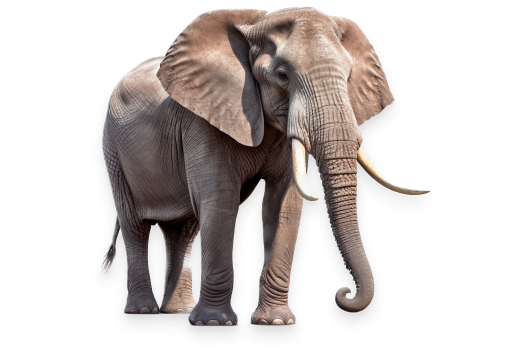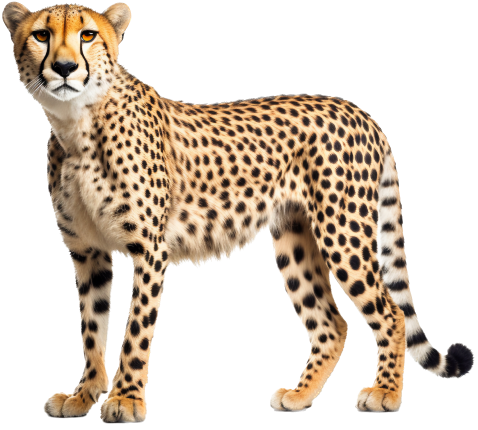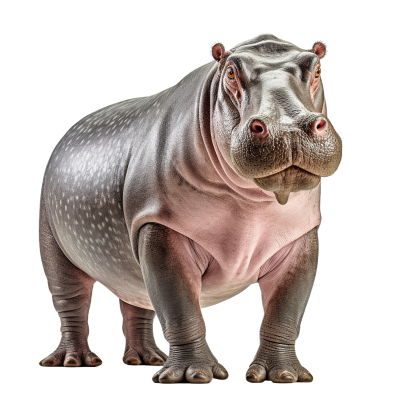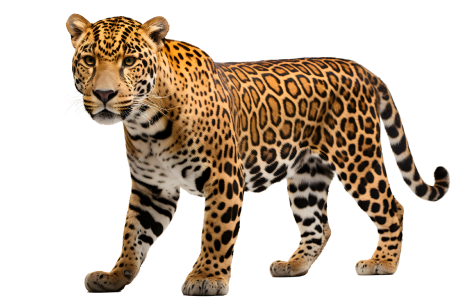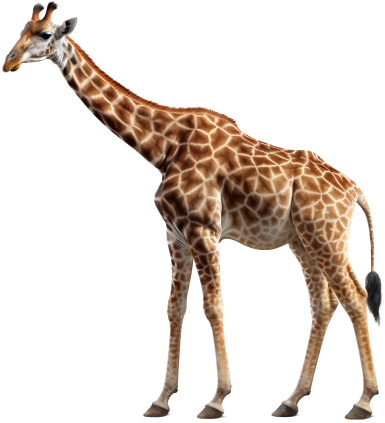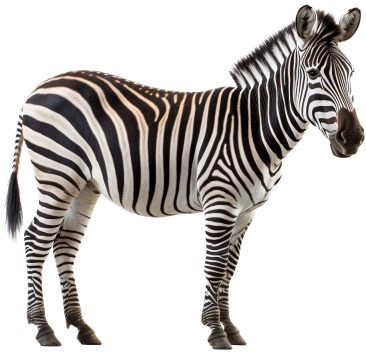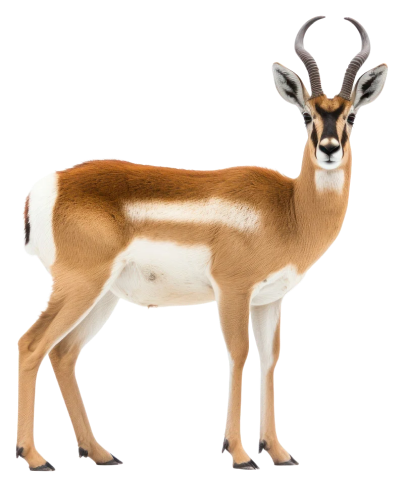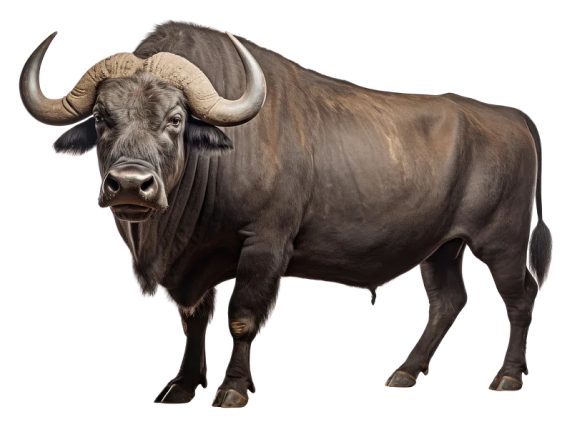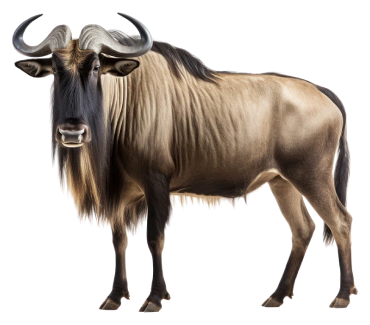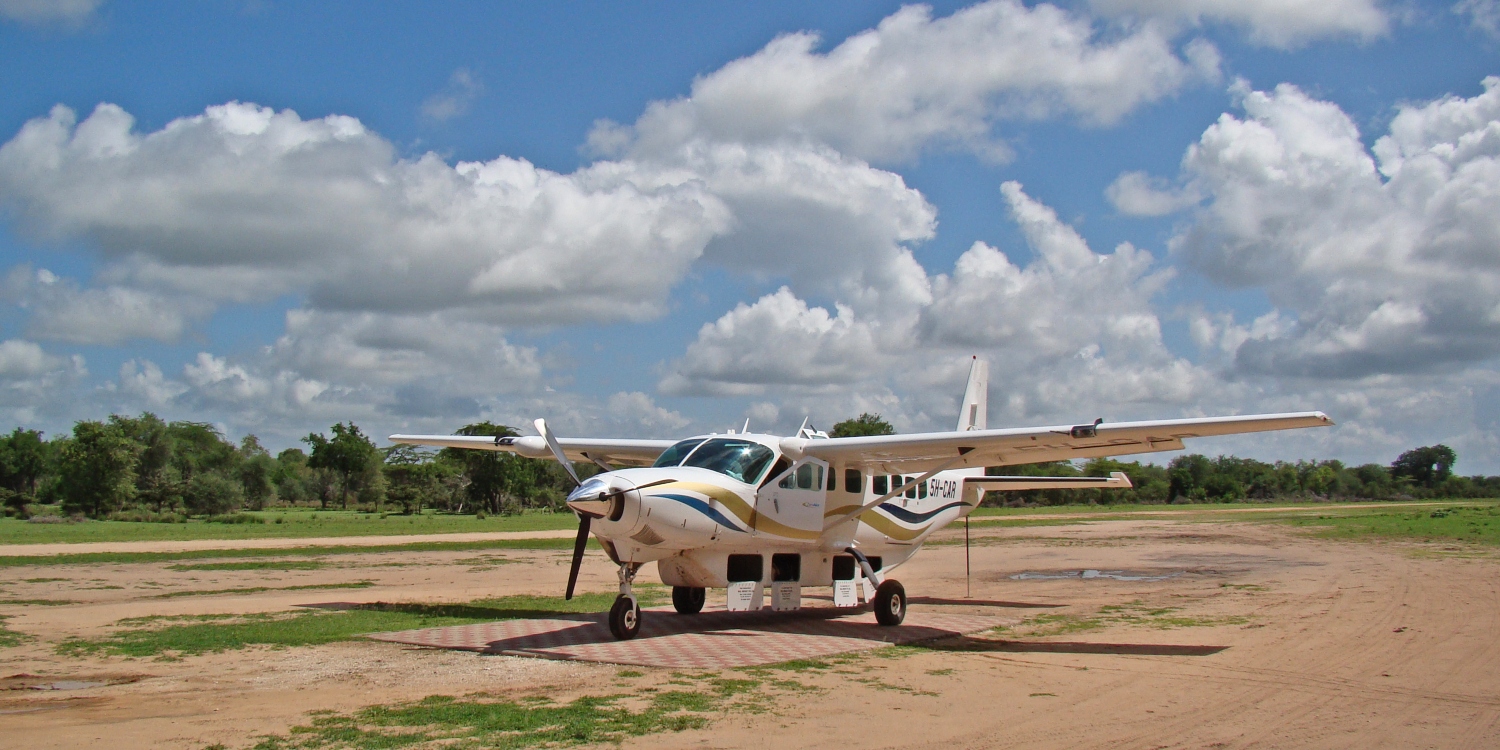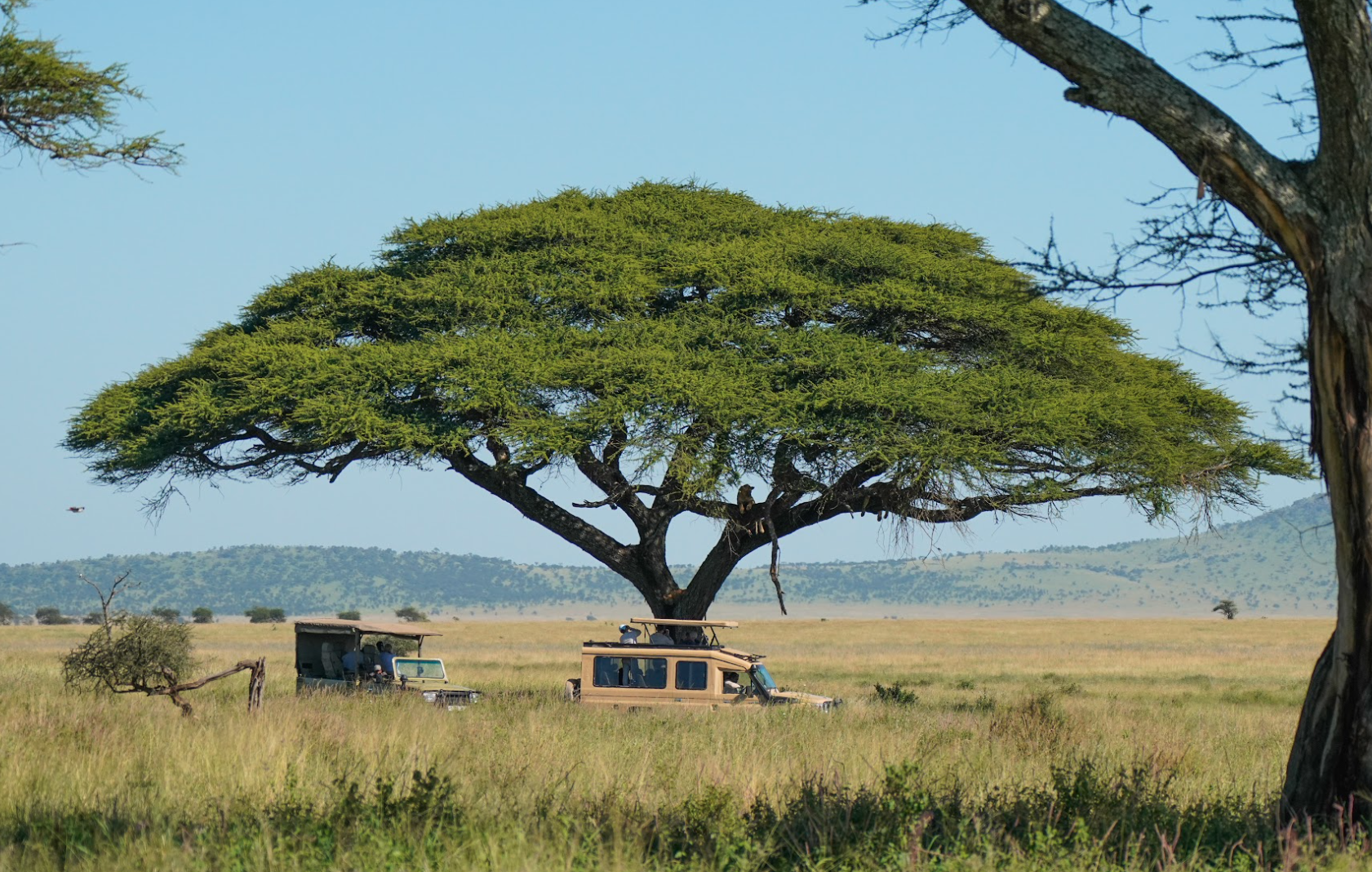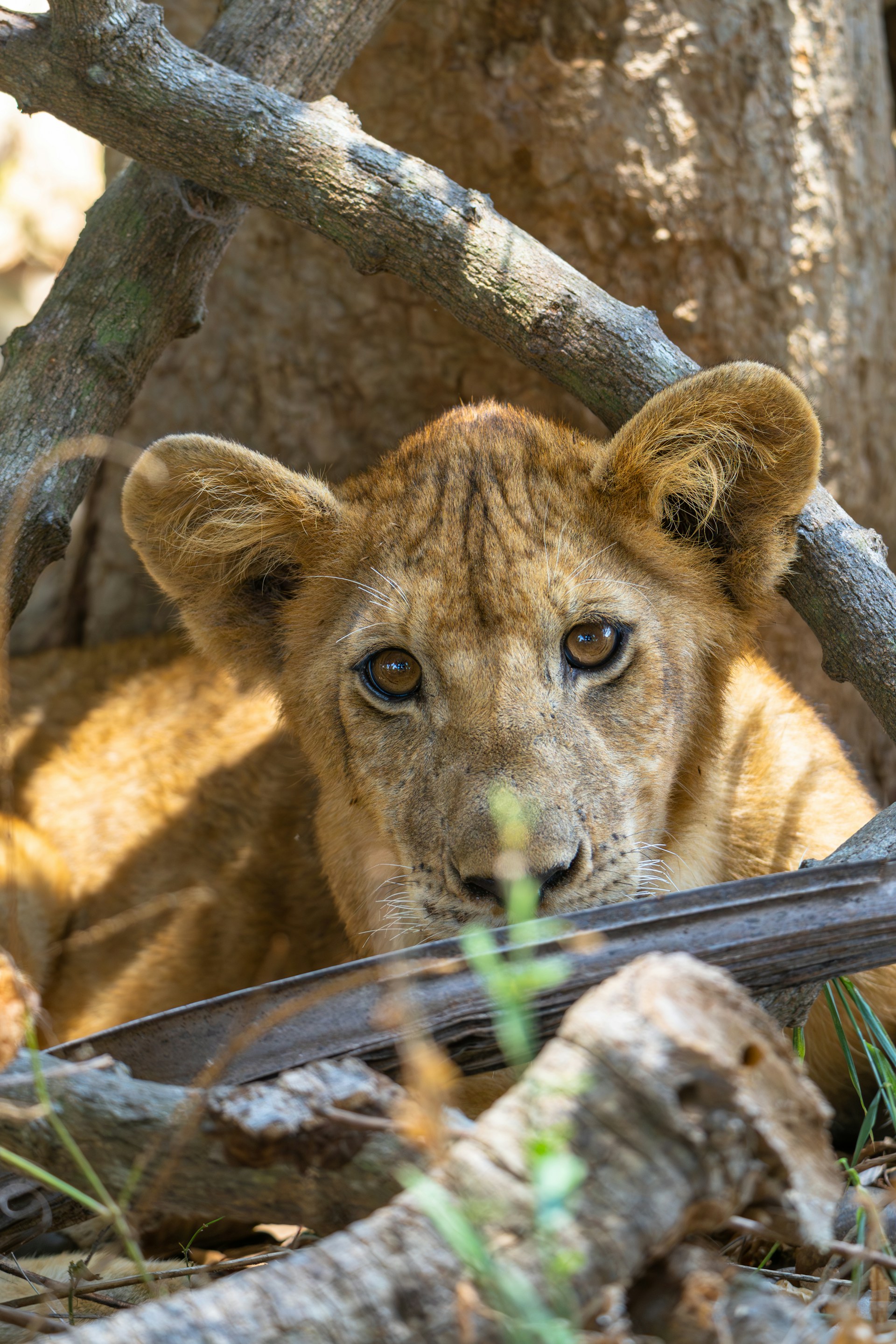
National Park
Nyerere National Park
Tanzania's largest national park, a haven for diverse wildlife and breathtaking landscapes.
Tanzania
Location
30,000 km²
Geographic Size
June to October
Best Time to Visit
National Park
Nyerere National Park
Tanzania's largest national park, a haven for diverse wildlife and breathtaking landscapes.
Tanzania
Location
30,000 km²
Geographic Size
June to October
Best Time to Visit
About Nyerere National Park
Nyerere National Park, formerly part of the Selous Game Reserve, is now Tanzania's largest national park, named in honor of the country's first president, Julius Nyerere. Spanning over 30,000 square kilometers, it encompasses some of the most untouched and diverse ecosystems in Africa. The park is renowned for its rich wildlife populations, includi...
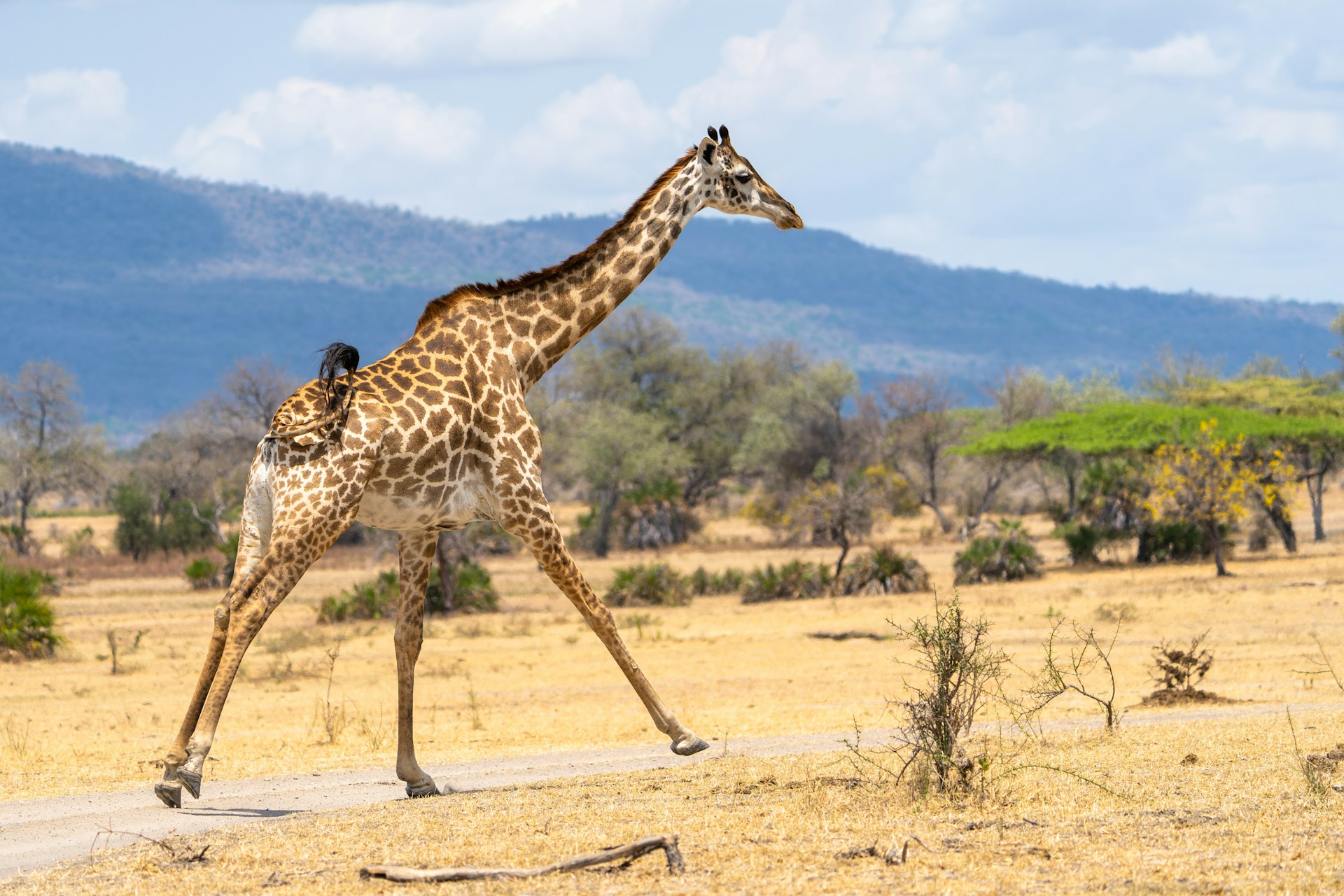
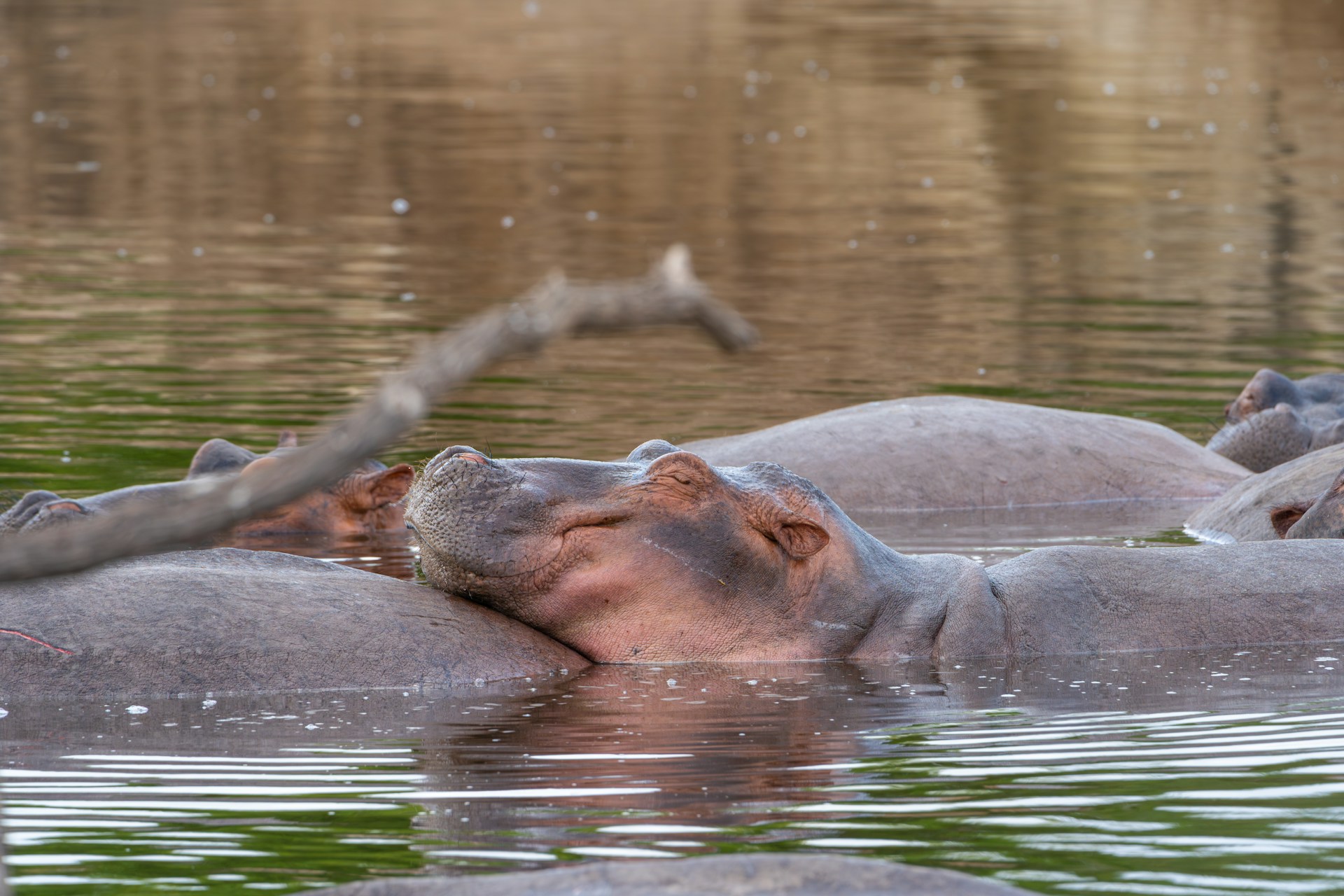
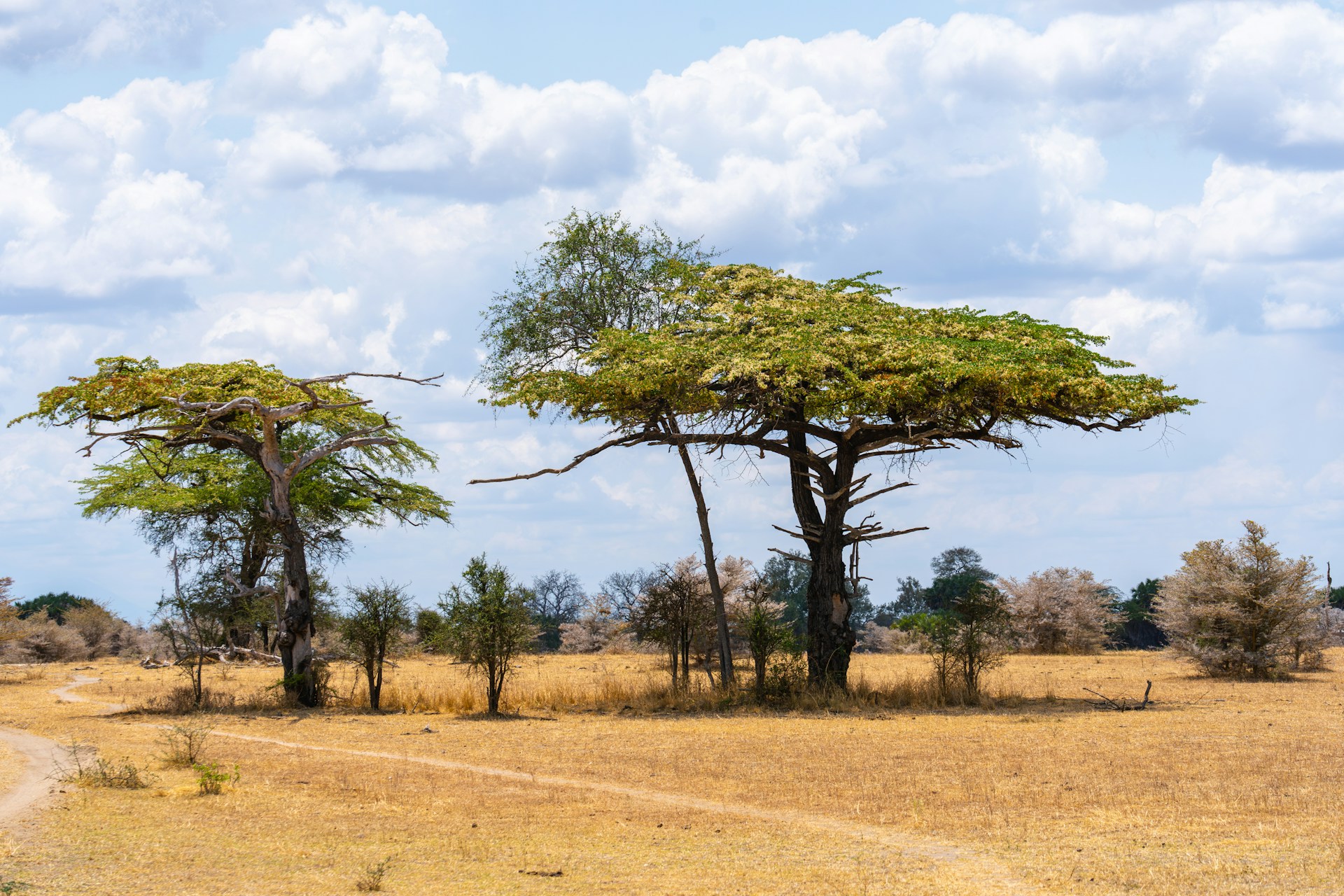
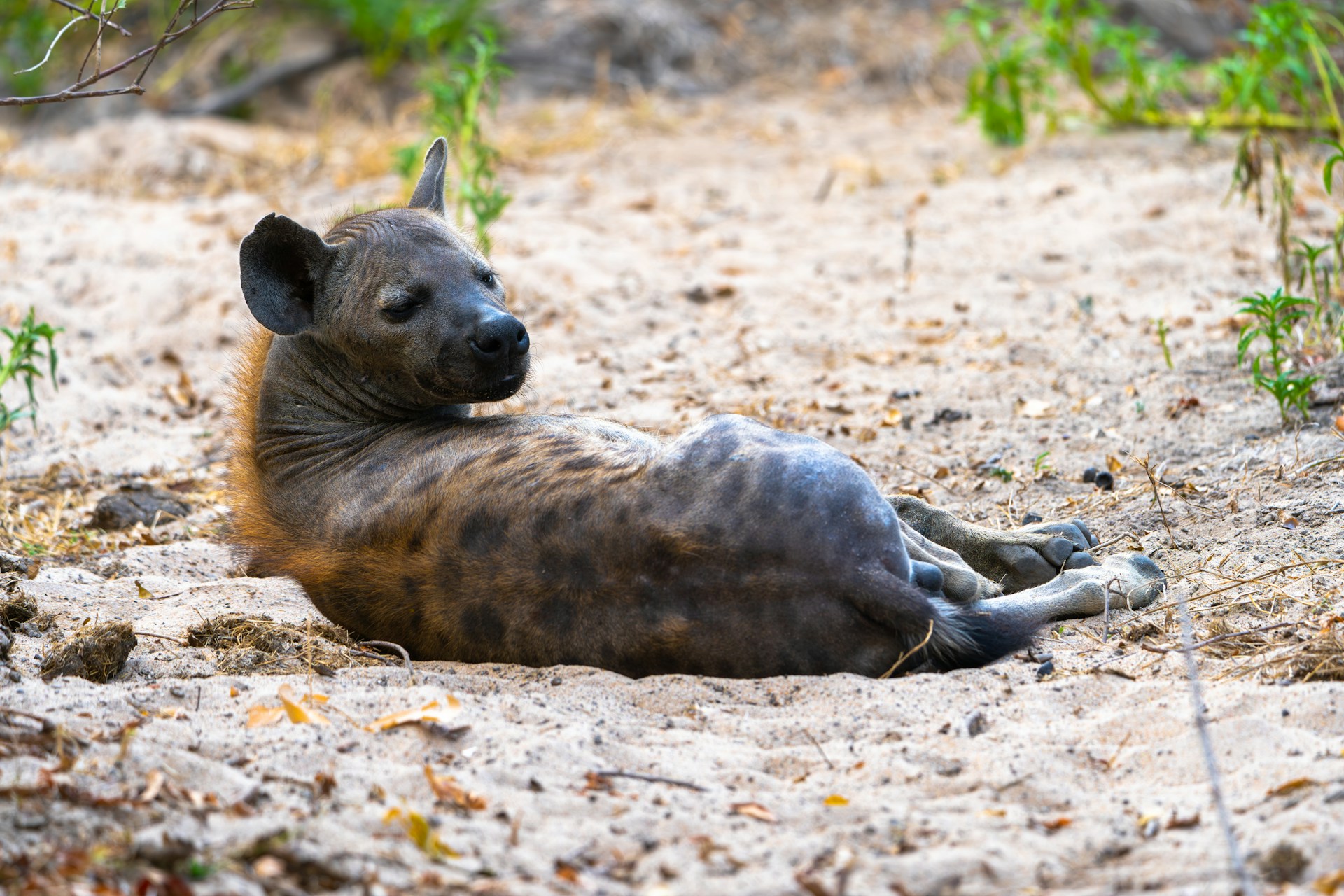
When to go
Excellent
Good
Fair
Jan
Feb
Mar
Apr
May
Jun
Jul
Aug
Sep
Oct
Nov
Dec
Seasons
What to do
Wildlife
Nyerere National Park's vast and varied landscapes are a sanctuary for diverse wildlife, offering one of the most authentic safari experiences in Africa.
Where to stay
Related destinations
What to know
Safety & Vaccinations
The park is generally safe under the guidance of experienced tour operators. Vaccinations for Hepatitis A, Typhoid, Yellow Fever, and malaria prophylaxis are recommended for travelers to Tanzania.
For more information regarding vaccinations and health notices, view the CDC’s page :

CDC Travelers' Health
CDC Travel health notices and vaccination recommendations
Getting There
Access to Nyerere National Park is often via road from Dar es Salaam, which can take several hours, or by chartered flights from major cities to airstrips within the park, offering a quicker and scenic arrival.
For more information regarding vaccinations and health notices, view the CDC’s page :

CDC Travelers' Health
CDC Travel health notices and vaccination recommendations
Getting Around
Safari vehicles are the primary means of exploring the park, with boat safaris along the Rufiji River offering a unique perspective on the wildlife and landscapes.
For more information regarding vaccinations and health notices, view the CDC’s page :

CDC Travelers' Health
CDC Travel health notices and vaccination recommendations
Visas
Visitors to Tanzania require a visa, obtainable on arrival or online through the eVisa system, ensuring access to the country's national parks and conservation areas.
For more information regarding vaccinations and health notices, view the CDC’s page :

CDC Travelers' Health
CDC Travel health notices and vaccination recommendations
Blog
Chat with an expert



Our team of professionals are waiting to answer your questions and help plan your dream safari.
Contact Us


